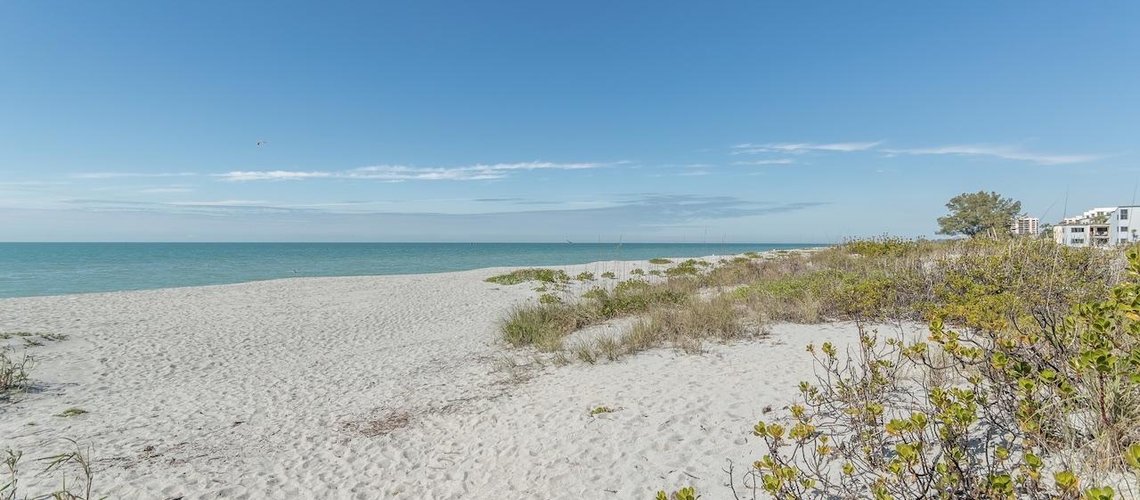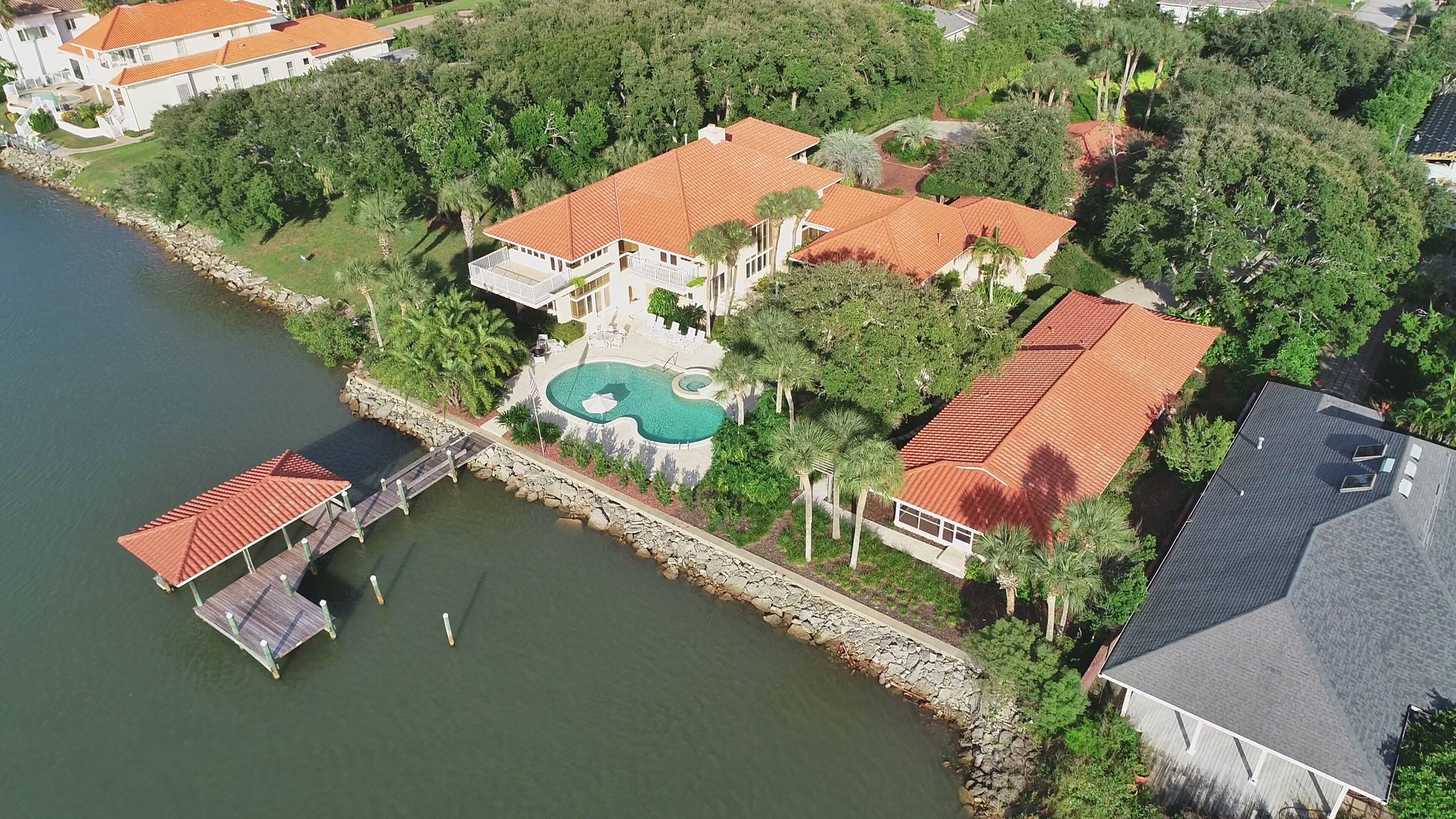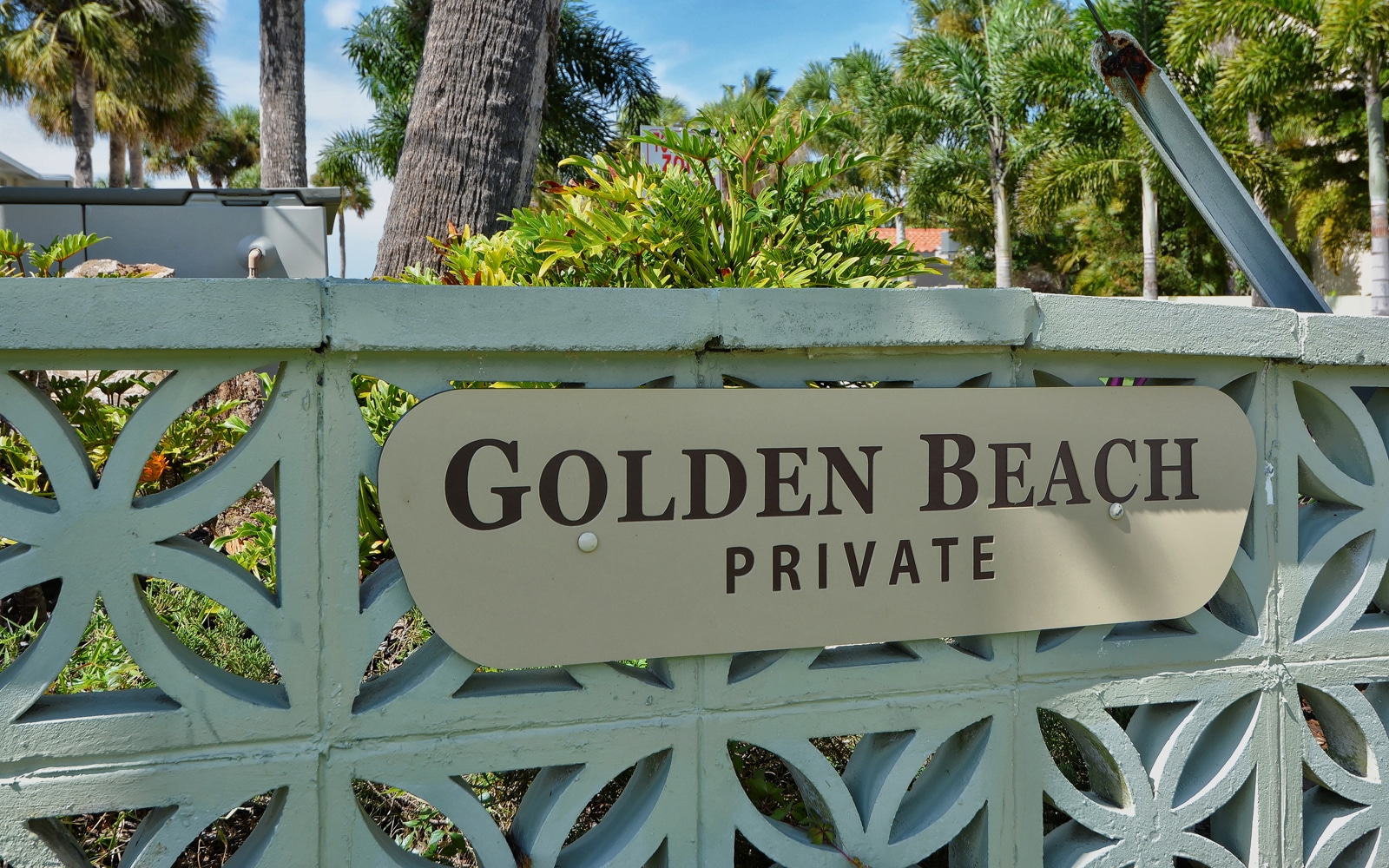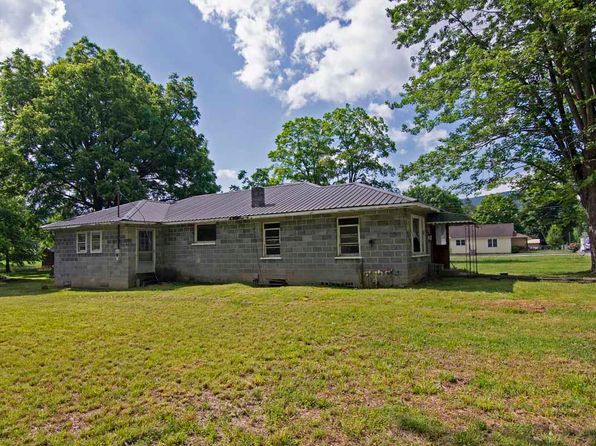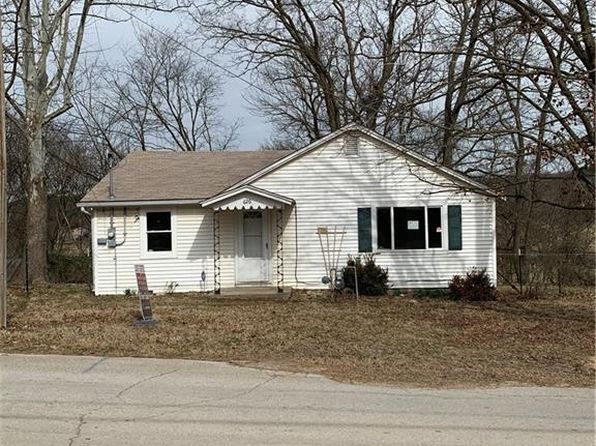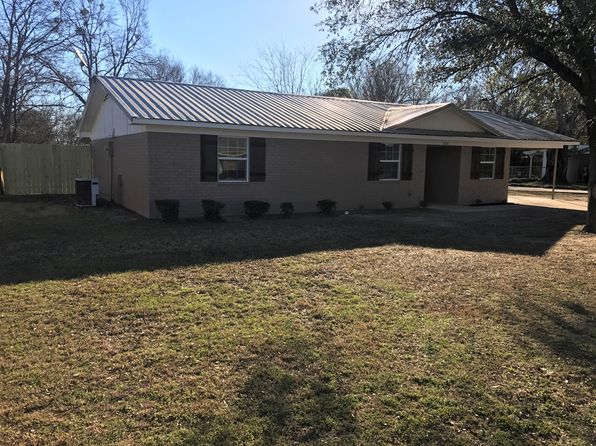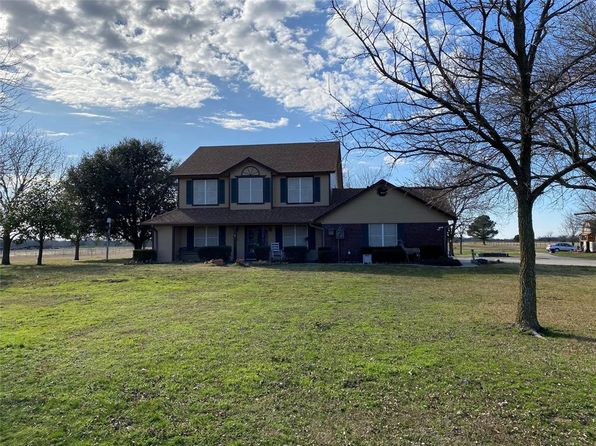Table of Content
Although rare, Louisiana French and Louisiana Creole are still spoken in the city. There is also Louisiana-Canarian Spanish dialect spoken by the Isleño people and older members of the population. A cousin of bounce, New Orleans hip hop achieved commercial success locally and internationally, producing Lil Wayne, Master P, Birdman, Juvenile, Suicideboys, Cash Money Records and No Limit Records.

New Orleans operated a racially integrated public school system during this period. The company and its hotels and resorts have been involved in a number of philanthropic programs, with a focus on supporting sustainability, building communities, and advancing cancer research. Four Seasons was one of the founders of the Terry Fox Run in 1981, which has since grown into the world's largest single day cancer fundraiser, with events around the world every September.
census
It serves as New Orleans' major bridge across the Mississippi, providing a connection between the city's downtown on the eastbank and its westbank suburbs. Other Mississippi crossings are the Huey P. Long Bridge, carrying U.S. 90 and the Hale Boggs Memorial Bridge, carrying Interstate 310. New Orleans is served by Interstate 10, Interstate 610 and Interstate 510.
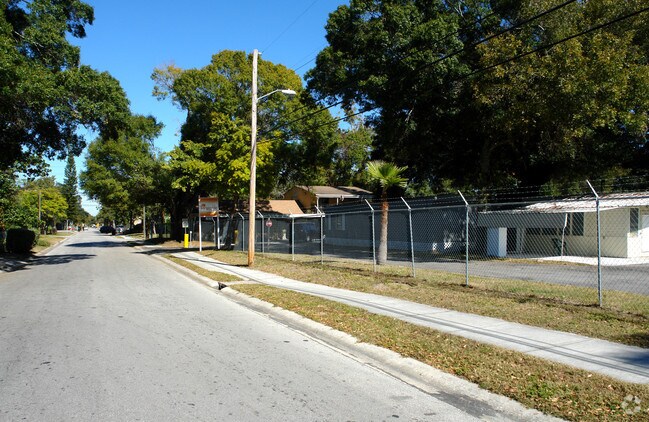
If somebody generates good features on cash flow, some other person that’s doing some other cash flow thing might come along and say, ‘Oh, well, this feature set actually fits my use case.’ We're trying to promote reuse,” he said. “That is the biggest gap in the tech industry right now,” said Nicola Morini Bianzino, global chief client technology officer at EY. The auditing firm has thousands of models in deployment that are used for its customers’ tax returns and other purposes, but has not come across a suitable system for managing various MLops modules, he said. We launched Protocol in February 2020 to cover the evolving power center of tech.
STUNNING DOLPHIN KEY 206 ON INDIAN SHORES
The city offers notable street food including the Asian inspired beef Yaka mein. Much later in its musical development, New Orleans was home to a distinctive brand of rhythm and blues that contributed greatly to the growth of rock and roll. An example of the New Orleans' sound in the 1960s is the #1 U.S. hit "Chapel of Love" by the Dixie Cups, a song which knocked the Beatles out of the top spot on the Billboard Hot 100.

By the mid-20th century, New Orleanians recognized that their city was no longer the leading urban area in the South. By 1950, Houston, Dallas, and Atlanta exceeded New Orleans in size, and in 1960 Miami eclipsed New Orleans, even as the latter's population reached its historic peak. As with other older American cities, highway construction and suburban development drew residents from the center city to newer housing outside. The 1970 census recorded the first absolute decline in population since the city became part of the United States in 1803.
City Hideaway With Terrace
A September 2007 report by The Greater New Orleans Community Data Center, which tracks population based on U.S. Postal Service figures, found that in August 2007, just over 137,000 households received mail. That compares with about 198,000 households in July 2005, representing about 70% of pre-Katrina population. Census Bureau revised upward its 2008 population estimate for the city, to 336,644 inhabitants. Estimates from 2010 showed that neighborhoods that did not flood were near or even greater than 100% of their pre-Katrina populations.

Most are clustered along Canal Street and Poydras Street in the Central Business District. New Orleans became increasingly dependent on tourism as an economic mainstay during the administrations of Sidney Barthelemy (1986–1994) and Marc Morial (1994–2002). Relatively low levels of educational attainment, high rates of household poverty, and rising crime threatened the city's prosperity in the later decades of the century.
Within the city and metropolitan area, Catholicism is also reflected in the Black and African cultural traditions with Gospel Mass. New Orleans' economic and population zenith in relation to other American cities occurred in the antebellum period. It was the nation's fifth-largest city in and was significantly larger than all other southern cities. From the mid-19th century onward rapid economic growth shifted to other areas, while New Orleans' relative importance steadily declined. The growth of railways and highways decreased river traffic, diverting goods to other transportation corridors and markets. Thousands of the most ambitious people of color left the state in the Great Migration around World War II and after, many for West Coast destinations.

In 1889, the legislature passed a constitutional amendment incorporating a "grandfather clause" that effectively disfranchised freedmen as well as the propertied people of color manumitted before the war. Unable to vote, African Americans could not serve on juries or in local office, and were closed out of formal politics for generations. From 1868, elections in Louisiana were marked by violence, as white insurgents tried to suppress black voting and disrupt Republican Party gatherings. The disputed 1872 gubernatorial election resulted in conflicts that ran for years. The "White League", an insurgent paramilitary group that supported the Democratic Party, was organized in 1874 and operated in the open, violently suppressing the black vote and running off Republican officeholders. In 1874, in the Battle of Liberty Place, 5,000 members of the White League fought with city police to take over the state offices for the Democratic candidate for governor, holding them for three days.
The St. Charles Streetcar Line is the oldest continuously operating streetcar line in the U.S. The line first operated as local rail service in 1835 between Carrollton and downtown New Orleans. Operated by the Carrollton & New Orleans R.R. Co., the locomotives were then powered by steam engines, and a one-way fare cost 25 cents. It runs from Canal Street to the other end of St. Charles Avenue, then turns right into South Carrollton Avenue to its terminal at Carrollton and Claiborne. The New Orleans Regional Transit Authority was quicker to restore the streetcars to service, while bus service had only been restored to 35% of pre-Katrina levels as recently as the end of 2013. During the same period, streetcars arrived at an average of once every seventeen minutes, compared to bus frequencies of once every thirty-eight minutes.
Their ideas included shrinking the city's footprint from before the storm, incorporating community voices into development plans, and creating green spaces, some of which incited controversy. New Orleans was catastrophically affected by what Raymond B. Seed called "the worst engineering disaster in the world since Chernobyl", when the federal levee system failed during Hurricane Katrina on August 29, 2005. By the time the hurricane approached the city on August 29, 2005, most residents had evacuated. As the hurricane passed through the Gulf Coast region, the city's federal flood protection system failed, resulting in the worst civil engineering disaster in American history at the time. Floodwalls and levees constructed by the United States Army Corps of Engineers failed below design specifications and 80% of the city flooded. Tens of thousands of residents who had remained were rescued or otherwise made their way to shelters of last resort at the Louisiana Superdome or the New Orleans Morial Convention Center.
Fintech also arms small businesses with the financial tools for success, including low-cost banking services, digital accounting services, and expanded access to capital. FTA The Financial Technology Association represents industry leaders shaping the future of finance. We champion the power of technology-centered financial services and advocate for the modernization of financial regulation to support inclusion and responsible innovation. The new court decision comes as the CFPB, under Biden-appointed director Rohit Chopra, has taken a more aggressive stance toward the financial industry than his Trump administration predecessors. That includes a growing focus on fintech products such as algorithmic lending and “buy now, pay later” arrangements.

New Orleans is the only city in Louisiana that refuses to pay court-ordered judgements when it loses a case that were awarded to the other party. The city uses a provision in the Louisiana Constitution that prohibits the seizure of a city's property to pay a judgment when it loses a lawsuit. Since the city can't be forced to pay judgments unless it chooses to do so, it simply doesn't pay. More than $36 million in over 500 unpaid judgements issued against the city are simply ignored, some going as far back as 1996.
